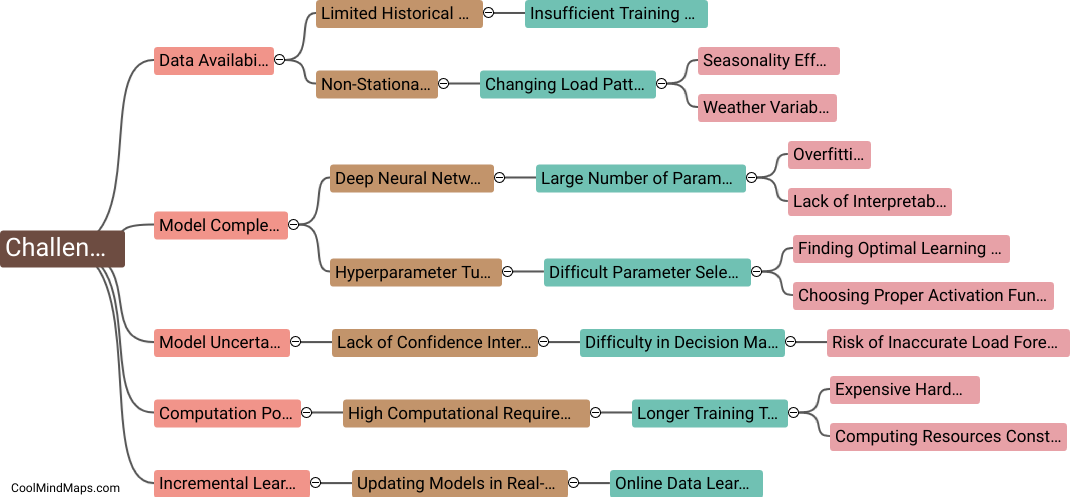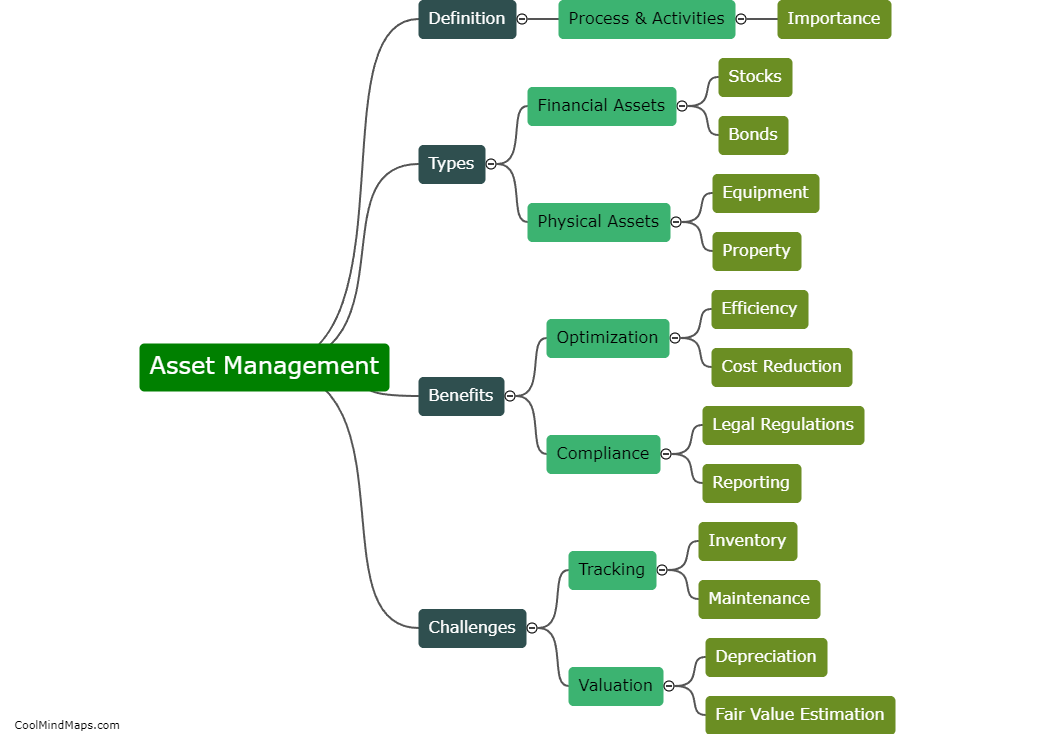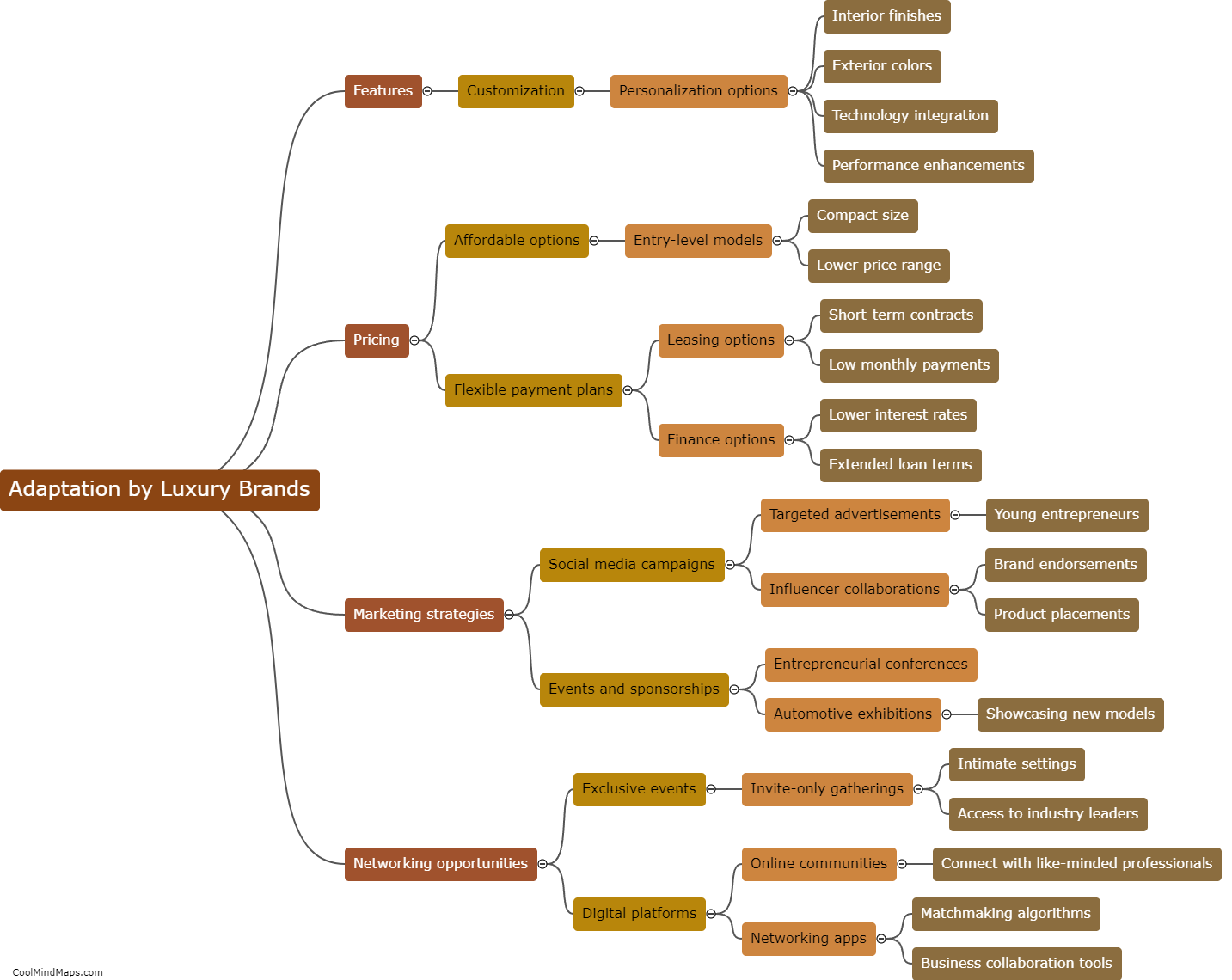What are the challenges and limitations of using deep learning for load forecasting?
Deep learning has gained significant popularity in load forecasting due to its ability to automatically learn complex patterns and extract meaningful features from historical load data. However, it also poses several challenges and limitations. One major challenge is the requirement of large volumes of high-quality data for training deep learning models. Load forecasting often involves multiple factors such as weather conditions, holidays, and economic indicators, which can make it challenging to obtain comprehensive and accurate datasets. Additionally, deep learning models often have a large number of hyperparameters that need to be carefully tuned, leading to increased computational requirements and time-consuming experimentation. Another limitation is the black-box nature of deep learning models, which makes it difficult to interpret the factors contributing to load forecast predictions. This lack of interpretability can restrict decision-making and hinder trust in the forecasting results. Overall, while deep learning holds great promise for load forecasting, addressing these challenges and limitations is crucial to ensure its successful deployment in real-world applications.

This mind map was published on 7 October 2023 and has been viewed 101 times.











